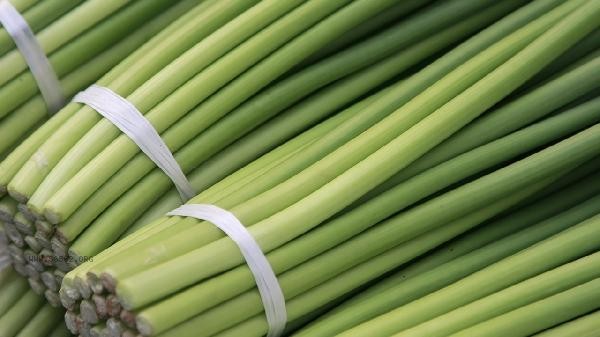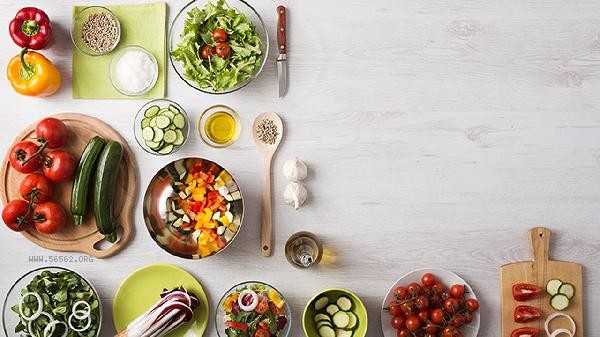When storing fresh vegetables in the refrigerator, it is recommended to classify and process them according to their characteristics. The main methods include pre-treatment before refrigeration, adjusting humidity storage, separate storage, controlling temperature fluctuations, and avoiding overly tight sealing.

1. Pre treatment before refrigeration
Some vegetables, such as leafy greens, need to remove rotten leaves and roots, but avoid direct refrigeration after washing with water. Broccoli, cauliflower, etc. can be simply cut into small pieces and wrapped in kitchen paper to absorb moisture. Root vegetables such as carrots and white radishes are recommended to dry the surface soil and retain a small amount of stems and leaves to delay water loss. Beans need to have their old tendons removed, and mushrooms should be wrapped in paper bags to prevent moisture and mold.
2. Adjust humidity storage
The high humidity drawer is suitable for storing leafy vegetables such as spinach and lettuce, and can be padded with wet tissues to maintain humidity. Store green peppers, cucumbers, and other fruits in a low humidity area to prevent condensation from causing decay. Tomatoes, eggplants, and other cold resistant vegetables can be loosely wrapped in breathable plastic wrap and placed on the refrigerator door frame. When refrigerating corn with a shell, keep 2-3 layers of outer skin, and store onions and garlic in a dry and ventilated manner.
3. Separate storage
Ethylene sensitive vegetables such as lettuce should be stored separately from ethylene producing fruits such as apples and bananas. Mushrooms should be stored independently to avoid cross contamination, and vegetables with special odors such as chrysanthemum and coriander are recommended to be sealed and isolated. Potatoes, sweet potatoes and other rhizomes should not be refrigerated and should be stored in a cool and dark place. Ginger can be wrapped in tin foil to delay germination, while asparagus can be kept upright in shallow water containers for preservation.

4. Control Temperature Fluctuations
It is recommended to maintain the temperature in the refrigerator compartment at around 4 ℃. Frequent opening and closing of doors can accelerate the deterioration of vegetables due to temperature changes. When purchasing in large quantities, small portions can be divided to reduce the temperature difference caused by repeated use. Tropical vegetables such as okra and bitter melon can be wrapped in two layers of fresh-keeping bags to cushion against low temperature damage. Broccoli, Dutch beans, etc. are recommended to be consumed within 3 days to avoid long-term refrigeration and nutrient loss.
Fifth, avoid sealing too tightly.
When storing plastic bags, it is necessary to poke holes to maintain breathability. Complete sealing can easily breed anaerobic bacteria. Leave one-third of the space in the fresh-keeping box and regularly open the lid for ventilation. Lettuce, celery and other stems can be stored upright to promote air circulation. Mushrooms should not be stored in sealed containers. It is recommended to use kraft paper bags. Some vegetables such as cucumbers and eggplants need to be checked for frostbite spots when refrigerated for more than 5 days.

After refrigeration, it is recommended to prioritize consuming leafy vegetables and varieties with high moisture content. Root and stem vegetables can be stored for a longer period of time, but their nutrition will gradually decrease. After taking out the refrigerated vegetables, they should be left at room temperature for 10 minutes before cooking to avoid excessive temperature differences affecting the taste. Regularly clean the vegetable and fruit drawers of the refrigerator and wipe them with white vinegar to kill bacteria, which can extend the shelf life. Some slightly wilted vegetables can be soaked in ice water to restore their crispness, but those that rot or spoil should be discarded immediately. Reasonably purchase according to household consumption, and it is recommended to supplement fresh vegetables 2-3 times a week.








Comments (0)
Leave a Comment
No comments yet
Be the first to share your thoughts!